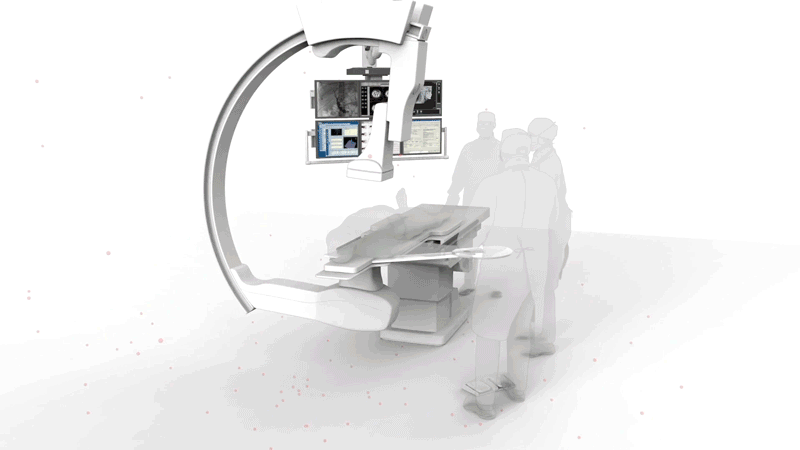
Putting Radiation Safety First.
Thank You ORSIF Corporate Sponsors
ORSIF Mission
-
To raise awareness of the serious radiation and musculoskeletal hazards associated with working in interventional fluoroscopy laboratories.
-
To generate awareness of and support for medical professionals and hospitals for new and better ways to create the safest work environment possible for those dedicated to the wellness of others.



ORSIF Community
-
Professionals
-
Interventional Cardiology
-
Radiology
-
Electrophysiology (EP)
-
Health Physicist
-
Interventional Neurology
-
Gastroenterology (GI)
-
Orthopedics
-
Vascular Surgery
-
Nursing
-
Radiology Technology
-
-
Industry
-
Imaging / X-ray Equipment
-
Radiation Protection Supplies
-
Medical Device Manufacturers
-
Radiation Monitoring Companies
-
-
Medical Professional Associations
-
Organizations, Groups, Societies
-
Ionizing radiation is a biological hazard.
Radiation safety starts with you.
Watch NOW!
Radiation Safety Webinar
"Occupational Dangers of Radiation"
Webinar - Discussion
Originally Aired: April 13, 2024
Hosted by:
Dr. David Rizik
Dr. Bob Foster
Distinguished Guests:
Dr. Rhian E Davies
Dr. Dean J Kereiakes
Dr. Tom Eagan
Dr. Diethrich's Story
Compelling video testimony from Dr. Edward Diethrich (1935 to 2017), world-renowned Cardiovascular Surgeon and dedicated pioneer in the Endovascular field, whose incredible career of selflessly caring for patients is an example of medical professionalism and service at its finest. His tragic death from prolonged occupational radiation exposure serves as a valuable lesson to prioritize our own safety as we provide care.
Professional Resources
-
One-Stop Source for Radiation Safety
-
Educational Material
-
Find Radiation and Orthopedic Safety Solutions
-
Find Upcoming Medical Events Related to Radiation Protection
-
Webinars
-
Podcasts
-
Up-to-date Resource for Publications
-
Sharable Presentations
-
Educational Videos
-
Materials for Hospitals and Administration
-
Legal Action news
Community of Colleagues
-
Community of Professionals and Businesses Committed to Safety
-
A United Voice for Occupational Radiation Safety Advocacy
-
Experience Sharing and Best Practice Resource
Corporate Membership Benefits
-
Pooled Resources to Advance the Message of Radiation and Orthopedic Risks
-
Contribute Content
-
Guide ORSIF Strategies and
-
Link to Your Company Website
-
Access to the ORSIF Individual Member Community
-
Bring Awareness to Your Publications and Educational Events
-
Contribute Content to Panel Discussions
-
Promotional Presence/Branding at ORSIF Events
